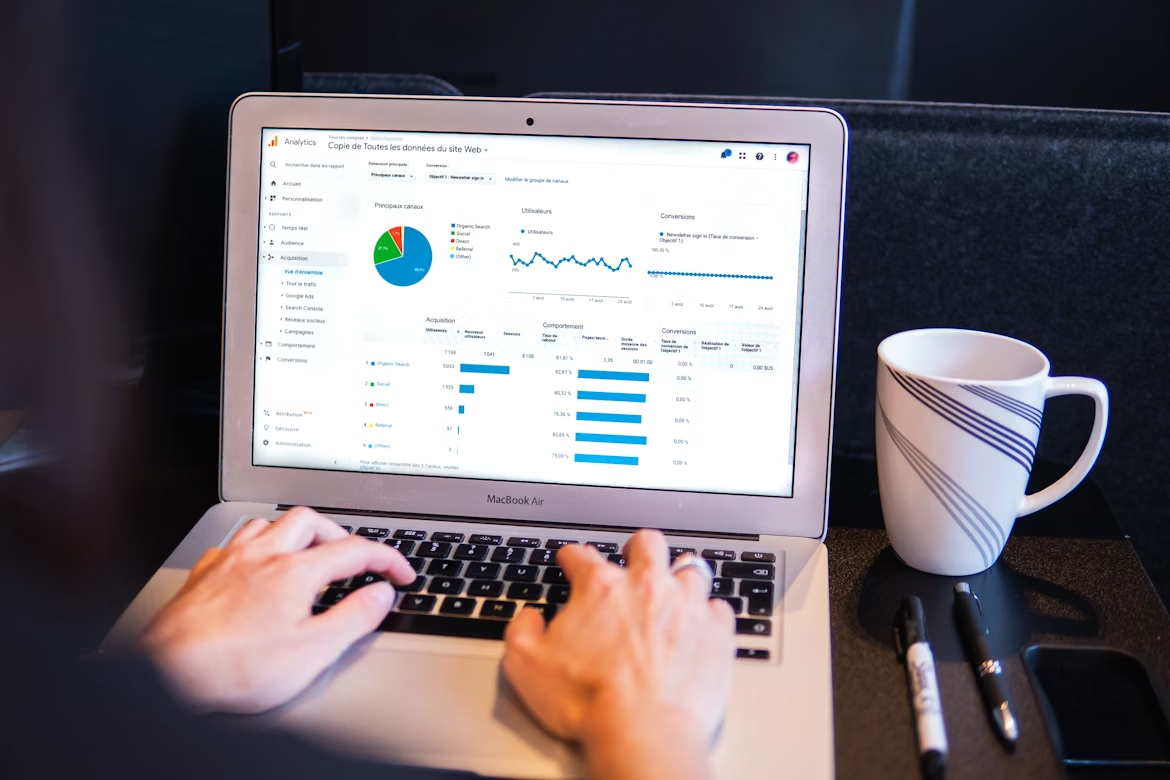Investors geared up for the start of the corporate reporting season and a key inflation report later this week. Goldman Sachs, JPMorgan, and Wells Fargo will kick off the Q1 earnings season today, giving investors a new catalyst to either buy or sell off stocks in a market at all-time highs. Investors are now going to pay close attention to earnings season, because this is the time where they are expecting guidance from companies, where valuations start to matter again, aside from getting a first peek under the hood of 2021, which could be a very interesting year for the sector given all of the different factors at play.
The Q1 FY 2021 kicks off this week with JPMorgan Chase (NYSE:JPM), Goldman Sachs (NYSE:GS) and Wells Fargo (NYSE:WFC) reporting on Wednesday, April 14 followed by Citigroup (NYSE:C), Bank of America (NYSE:BAC), and U.S. Bancorp (NYSE:USB) on Thursday, April 15. Morgan Stanley (NYSE:MS) reports on Friday.
Here are some things to expect from the Q1 bank earnings reports.
Improved Earnings
Analysts expect earnings per share (EPS) to significantly bounce back from the year-ago quarter's low, and for revenue to grow at a modest pace.
Q1 corporate earnings likely benefited from this firming economic backdrop. Over the last several months, analysts have raised their aggregate S&P 500 earnings per share (EPS) estimates by a record 6.0%, according to FactSet data. The financial sector saw the second-largest increase in bottom-up EPS estimates of all 11 sectors in the S&P 500, coming second only to the energy sector.
Many banks are expected to perform similarly or top their earnings from the fourth quarter of 2020. The Q4 of 2020 was the strongest quarter for banks during that difficult year. JPMorgan's earnings are still expected to easily beat its 2019 Q4 earnings. Analysts also expected Bank of America and Wells Fargo to just slightly beat out their Q4 earnings, while Citigroup is expected to beat its Q4 earnings handily.
Releasing Reserves
More banks should begin to release reserves this quarter as the credit outlook continues to brighten. Nearly all banks last year reserved significantly to brace for heavy loan losses brought on by the pandemic.
But intervention from the federal government in the form of stimulus, including the massive $2.8 trillion from last December, staved off those losses and now there is a good chance that many of the losses banks were expecting to see won't materialize at all. Hence, we expect several banks to release reserves back onto the income statement, that will show increase in the earnings.
Commercial Loan Activity
The COVID-19 pandemic had sent the economy into recession last year, effecting both consumer spending and commercial loan activity.
While the news may be disappointing, banks should still make more net interest income on many of their loans and securities as a result of longer-term rates increasing significantly in 2021. And if the economy is going to grow 6.5% or 7% this year, business lending activity will be part of the equation, though most of this activity is expected in the back half of 2021.
Mortgage and Capital Markets
As it did through all of 2020, mortgage and capital markets activity should have continued to perform well in the first quarter. When the Fed abruptly dropped its federal funds rate to practically zero at the beginning of the pandemic, it triggered a wave of refinancing activity that continued to hold up through 2020. The yield on the 10-year Treasury notes, which mortgage rates move in line with, has risen sharply in 2021 on inflation fears and the potential of future rate hikes.
A More Confident Tone
In 2020, bank CEOs were careful to model conservatively and, for the most part, express caution when it came to the economic outlook. With the credit picture clearer and analysts and investors much more bullish on the sector, we expect to see more optimism from bank CEOs on earnings calls.
Investors are expecting a stronger quarter, as the economic outlook continues to improve. It's a different picture from a year ago when the COVID-19 had just triggered shutdowns. Banks have avoided widespread loan defaults, largely due to federal stimulus. Deposits also remain high.















